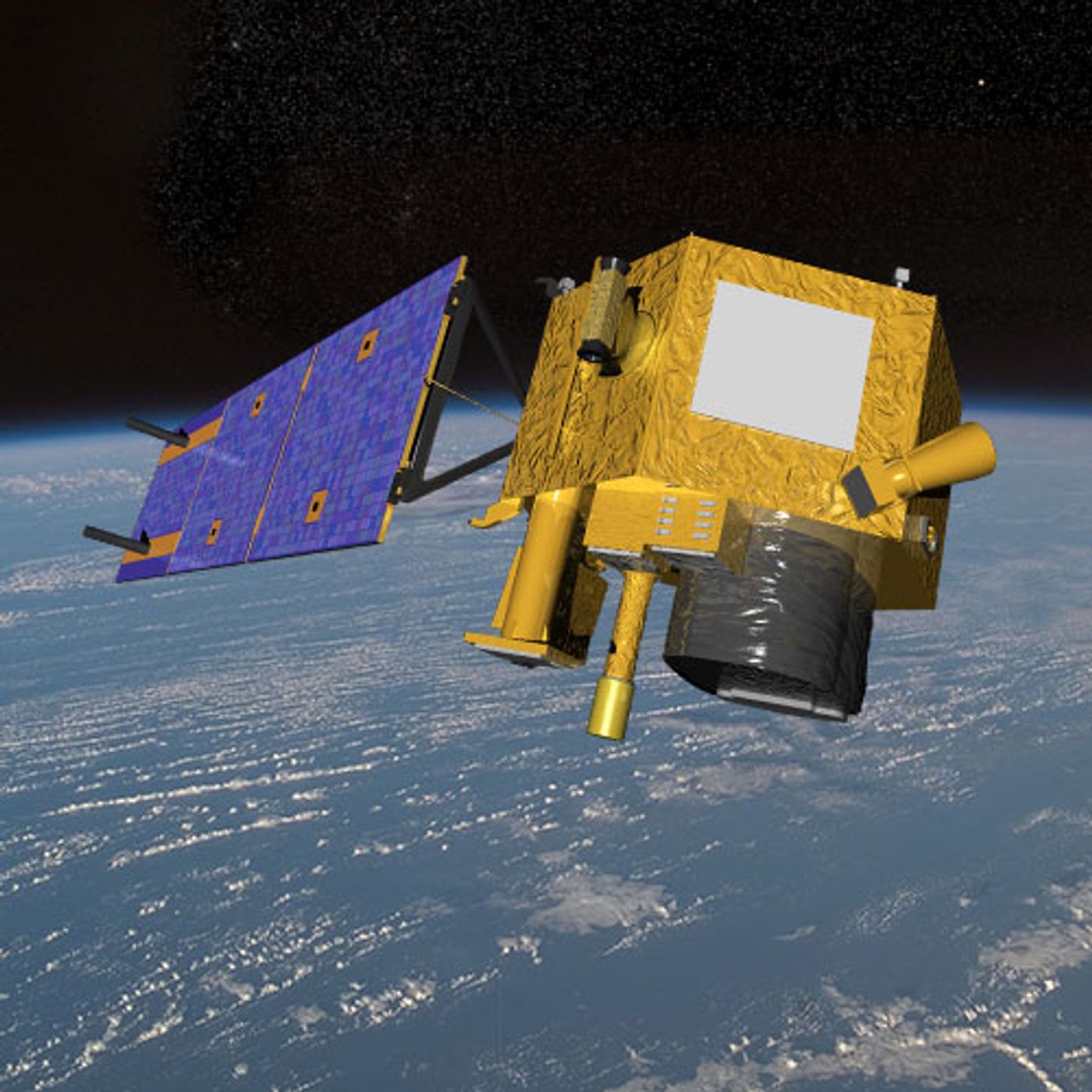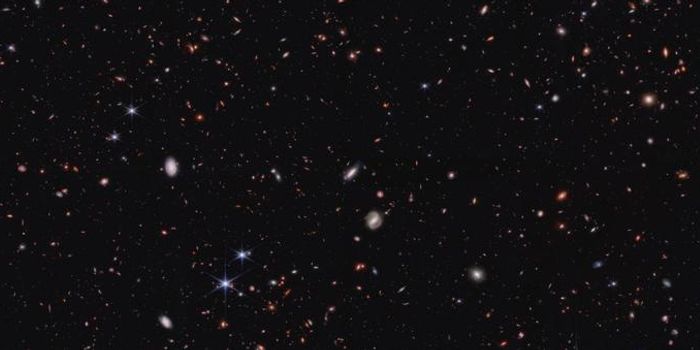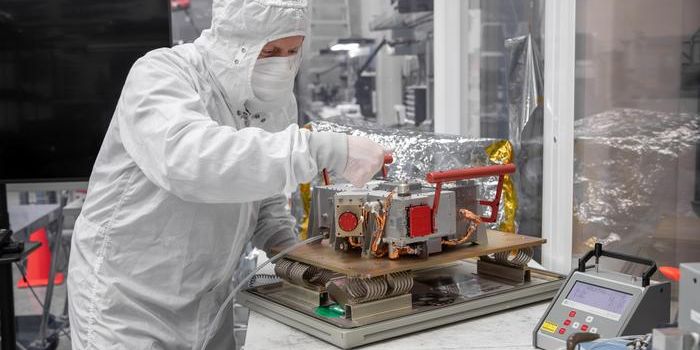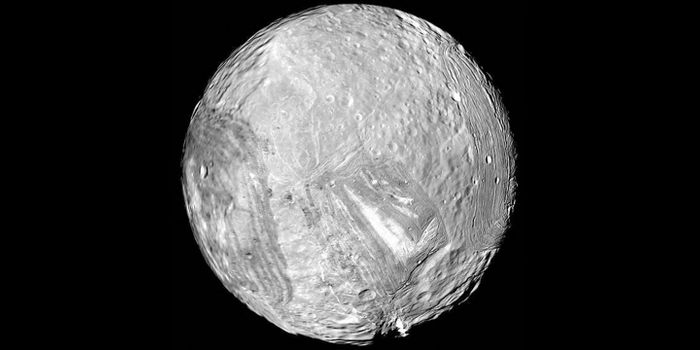NASA to Decommission the Legendary EO-1 Satellite
NASA is putting an end to perhaps one the space agency’s most versatile and useful Earth-orbiting satellites ever put into service known as the Earth Observing-1 (EO-1).
Image Credit: NASA/Goddard/SVS
After 17 years of service, pioneering many technologies that helped NASA to expand its understanding of satellite research and usage in space, EO-1 is reportedly running out of fuel and is nearing the end of its life.
The satellite was reportedly one of the first to be developed under a low-cost initiative under NASA’s New Millennium Program. It was only intended to last for around a year before going dark. On the other hand, its long service life was not only surprising to NASA, but incredibly useful to scientists.
EO-1’s main purpose was to observe the Earth, as its name suggests. Equipment onboard the satellite enabled it to snag images of Earth from above, as well as enable experts to observe changes in the Earth’s landscape over time. It was a testing platform for so many new technologies at the time that it was considered a valuable resource.
One of the EO-1’s greatest achievements was perhaps its validation of autonomous software that enabled the satellite to essentially ‘control itself’ without much human intervention. It was programmed to stay about a minute behind the existing LandSat 7 satellite, and in doing so and following extensive testing, software-piloting satellite technology would be implemented in more satellites to come.
Despite all the great achievements NASA realized through the use of EO-1, March 30th is said to be the date NASA will finally flip the satellite’s kill-switch and enable the satellite to shut down. In just a little less than four decades, the EO-1 satellite will eventually enter the Earth’s atmosphere, where it’s expected to burn up and become history.
It’s a bittersweet moment for the space agency, considering the satellite was used in more than 1,500 scientific research papers that have been published in renowned journals. Had it not been for EO-1, many of today’s space systems would not be as advanced as they are and autonomous probe piloting might not be where it is today.
Source: NASA









